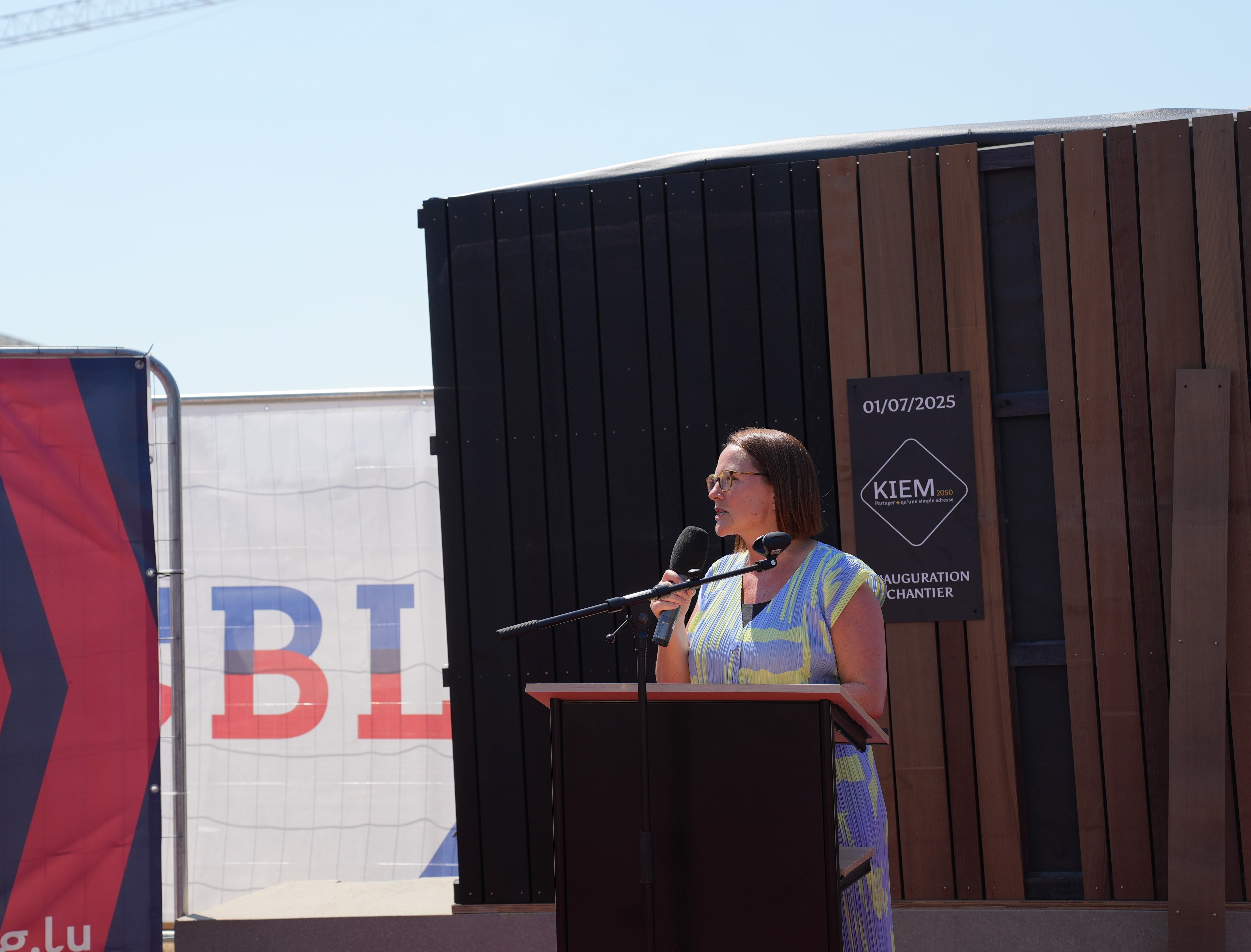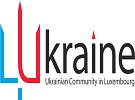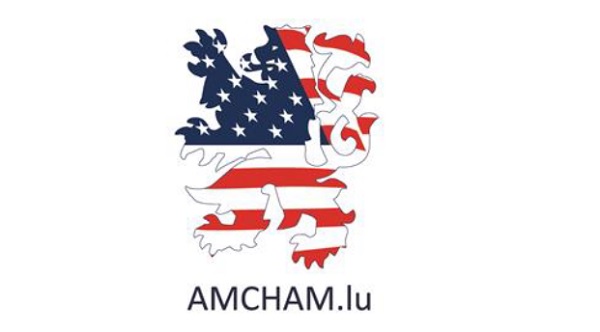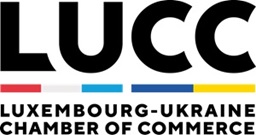 Yuriko Backes, Luxembourg Minister of Mobility and Public Works;
Credit: MMTP
Yuriko Backes, Luxembourg Minister of Mobility and Public Works;
Credit: MMTP
On Tuesday 1 July 2025, the groundbreaking ceremony for the “Kiem 2050” housing project in Luxembourg-Kirchberg took place in the presence of Luxembourg’s Minister of Mobility and Public Works, Yuriko Backes, Minister of Housing and Spatial Planning, Claude Meisch, Director of the Kirchberg Fund, Marc Widong, and representatives from Immobel Luxembourg and Prefalux Group.
The Kiem 2050 project, initiated by the Kirchberg Plateau Urbanisation and Development Fund (FUAK), in a public-private partnership with Immobel Luxembourg and Prefalux Home, will see the creation of 135 housing units, ranging from 52 to 136 m², and is designed to accommodate approximately 500 residents. According to the ministries, affordable housing units built as part of the project will be offered at prices approximately 30% below market rates. The first housing units are scheduled to be completed in the first quarter of 2028 and are intended to help to meet the growing demand for housing in Luxembourg.
The ministries described the development as a “concrete response to housing and climate challenges” and noted that, as Luxembourg faces “significant real estate pressure”, particularly in areas such as Kirchberg, the Kiem 2050 project shows “strong potential for urban diversity and sustainable development”.
"The partnership with Immobel and Prefalux reflects our commitment to improving access to home ownership while providing a sustainable and high-quality living environment," emphasised Marc Widong.
Minister Meisch added: "The launch of the Kiem 2050 project marks a concrete step in our commitment to addressing the housing crisis. By creating high-quality, accessible and sustainable housing in the heart of Kirchberg, we are strengthening not only social cohesion but also Luxembourg's economic competitiveness. This project perfectly illustrates what we can achieve when the public sector, through the Kirchberg Fund, and private stakeholders join forces. It is through this close and responsible cooperation that we will be able to produce, on a large scale, the housing our country urgently needs.”
According to the developers, the Kiem 2050 neighbourhood will be based on bio-sourced architecture, with solid wood structures - a low-carbon, high-energy-performance material. The project will incorporate passive technologies such as earth-air heat exchangers, often referred to as Canadian Wells, which naturally regulate indoor temperature. Combined with photovoltaic panels installed on the roofs, this system reduces energy consumption by nearly 20% compared to traditional buildings. Green roofs will complement the sustainable approach by improving thermal regulation, promoting biodiversity and contributing to responsible stormwater management.
Soft mobility is also at the heart of the development, with dedicated infrastructure for pedestrians, cyclists and public transportation. The neighbourhood is designed to minimise motorised traffic, with a focus on well-being and safety. "This project embodies the pillars of our strategy: carbon reduction, circularity, biodiversity and collective well-being," said Muriel Sam, CEO of Immobel.
The development will also offer 400 m² of indoor common spaces, including a library, yoga room, creative workshops and a shared kitchen. Outside, 5,000 m² of shared spaces will offer collaborative gardens, rooftop terraces, playgrounds and relaxation areas.
Moreover, the wood-steel buildings of Kiem 2050 are designed to be dismantled and reusable, with each element being separable to promote recycling and the circular economy.
Minister Yuriko Backes said: “The Kiem 2050 project demonstrates the potential of combining urban growth with an ecological transition. By considering urban planning in favour of pedestrians, cyclists and public transport, we are promoting the well-being of residents while actively contributing to reducing our carbon footprint. This initiative not only addresses immediate housing needs, but also anticipates the future requirements of a sustainable, connected and inclusive city.”








